What You Need to Know About Seasonal Affective Disorder
5 years ago by
As a Californian living in New York, I am regularly met with questions about my sanity. How could I sacrifice 12 months of perfect weather for four months of soupy humidity, four months of soul-shrinking cold and an additional four of whatever the fates decide to throw at the Northeast?
I offer the same reply every time. I love fall! Changing seasons feel like movement, progress! Transitional months offer opportunities to reflect, to get sick, to learn to cook, to start silly arguments… all under the pretension of adjusting to the weather. Intellectually, I know that at this stage of my life I need the sometimes-punishing east coast climate more than the perpetual balminess of Southern California. I need the structure, whether it hurts or not.
But the truth is that whenever I visit home, I feel like I’ve fully woken up. My days are scented, colorful, vegetated. The sky is so large, and the sun so total that my east coast gollum-esque demeanor falls away in no time.
There’s no question that I walk more in New York, but somehow in Los Angeles it feels as if I use my body more. At least, I certainly see more of it. I sit on the beach and take hikes. I stretch, lie in the sun, play with the dog. In the mornings, I sit outside with my coffee; in the evenings I sit outside with my tacos. I am part of the place I’m in, deliciously so.
New York is certainly punishing in the winter months– perhaps not at first, when the air is still crisp and it’s sunny–but certainly by the time that January rolls around. The monochrome greyness, icy wind and bone-deep cold change my priorities: very little seems worth leaving bed for. I do everything I can to minimize my time outdoors, and to insulate myself from the elements when exposure can’t be avoided. I pile on layer after layer of wool and stare at the sidewalk whizzing beneath me as I shuffle my way from point A to point B.
Added to the physical discomfort of the winter months in the Northeast is the pressure of a slew of holidays and travel obligations. In late November we enter a tunnel of family celebrations that do lift our spirits; but also disrupt routines, finances, and relationships. We emerge on the other side of New Years with a hangover, a list of resolutions borrowed from others, and three more months of cold to endure.
So, for most city dwellers outside of sunny California, the prospect of winter’s arrival is accompanied by a tinge of dread. For many of us, this could be more than merely dread. It could be SAD.
SAD, as in “Seasonal Affective Disorder.” We’ve all heard the term batted around in recent years as a fitting explanation for the common gloom brought on by shorter days and colder weather. But SAD is a very particular form of depression, and certainly isn’t the catchall diagnosis that it’s often made out to be. The term was coined by Dr. Norman Rosenthal and his colleagues in 1984. After moving from South Africa to New York to begin his residency, Dr. Rosenthal noticed that each year, as the days grew shorter and darker, he could diagnose himself with Major Depressive Disorder. His symptoms would depart in spring and return, winter after winter. Dr. Rosenthal began to study the condition, and his findings are eye-opening.
SAD occurs most frequently in populations further from the equator, where decreased sunlight in winter months disrupts the body’s internal clock (circadian rhythm), leaving a person out of sync with their daily rhythms. To be diagnosed with SAD, one must meet the full criteria for major depression during specific seasons for two years in a row. Symptoms of SAD in its fullest form are:
– Oversleeping
– Appetite changes, especially a craving for foods high in carbohydrates
– Weight gain
– Tiredness or low energy
– Social withdrawal
Six percent of Americans are afflicted by SAD, particularly those furthest from the equator, although a further 14% of Americans are impacted by a lesser version of the condition (Dr. Rosenthal calls this Winter Blues). Women are four times as likely to suffer from SAD for unknown reasons.
So, now we know. Seasonal Affective Disorder in its purest form is the burden of a relative few. However, for those of us whose symptoms are more mild, it’s time to reclaim our winter months and stave off bad habits.
Dr. Rosenthal’s primary treatment suggestions for SAD are light therapy (special lamps designed to reset your internal clock and lift your mood), and maintaining a healthy diet and exercise routine. More intriguing suggestions can be found on his blog (called Poetry RX–it’s the only cure I’ll ever need), which features posts on subjects ranging from botox as a treatment for depression to poems about the healing power of self-reflection.
Botox and poetry aside, the treatments Dr. Rosenthal proposes may apply to all of us, even those who aren’t diagnosed with SAD. For example, when I get home from work in the winter and my apartment is dark and chilly, the first thing I do is turn on every amber bulb and old lamp I own. Sure, a 10,000 Simulated Natural Happy Energy Light is nice to have, but nothing makes me feel quite as peaceful as warm light. Soft light makes hiding from the world feel cozier and more rewarding. Additionally, I know that by “healthy lifestyle,” Dr. Rosenthal means plenty of nutritious meals, but I find that using the winter months as an excuse to improve my cooking (healthy or otherwise) keeps me busy and contented–plus, it’s a great excuse to lure friends out of hibernation.
This winter, I’m planning to channel California instead of pining for it; whether that means wearing more colorful clothing or cooking more meals from home. As we prepare for the precipitous tumble of fall into winter, I think we could all benefit from good light and good meals, whatever form that might take for us.

























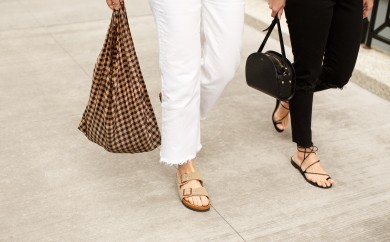
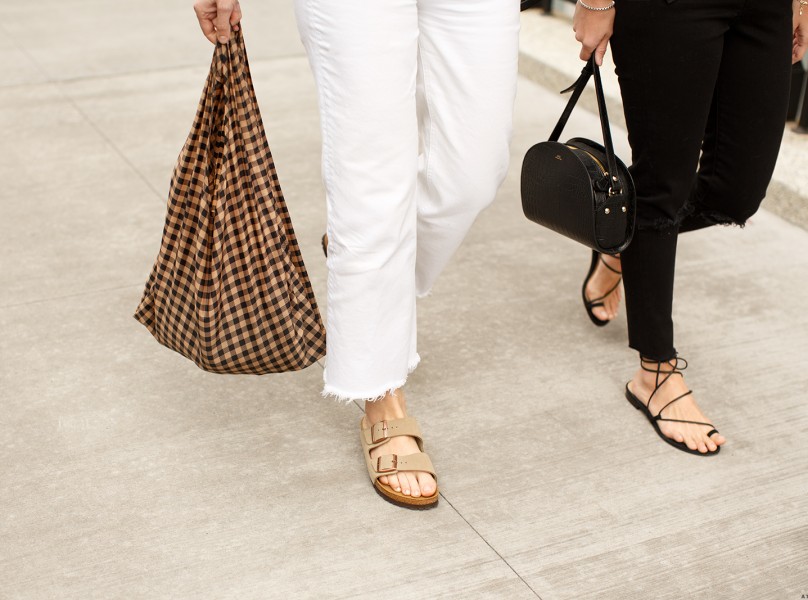
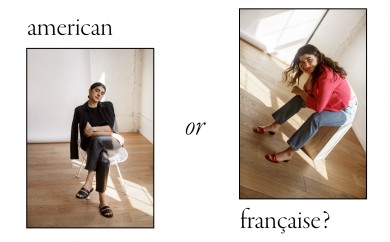
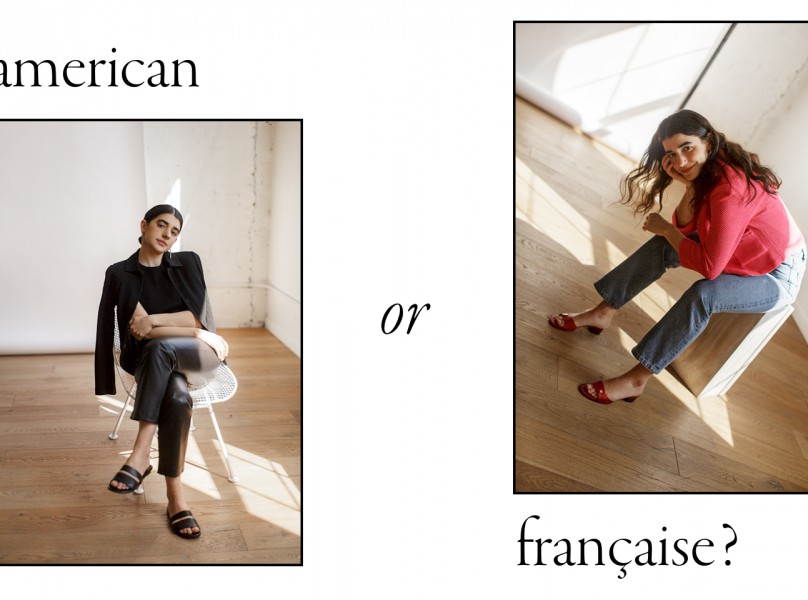




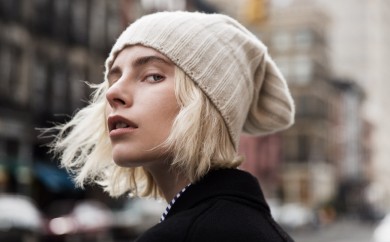
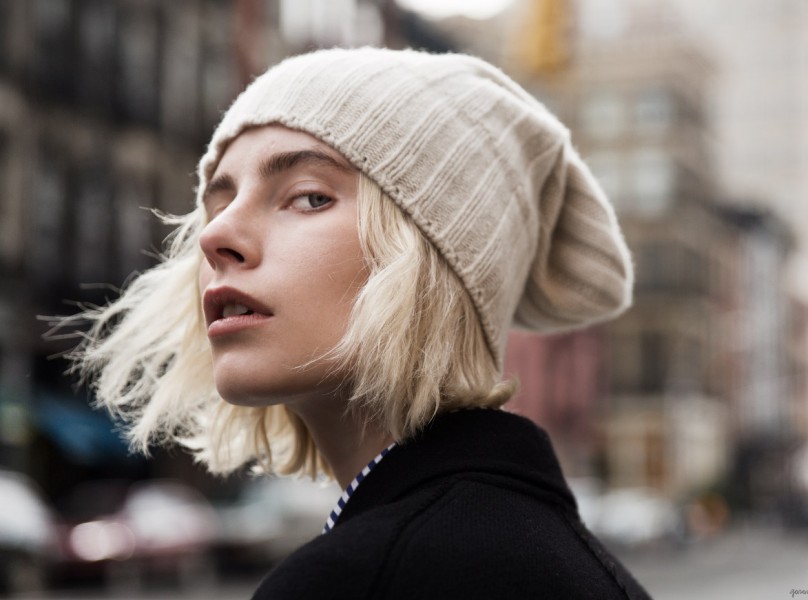
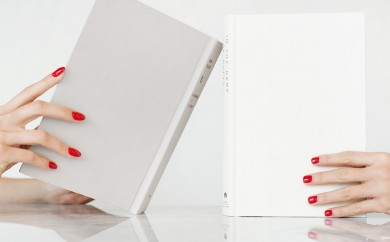
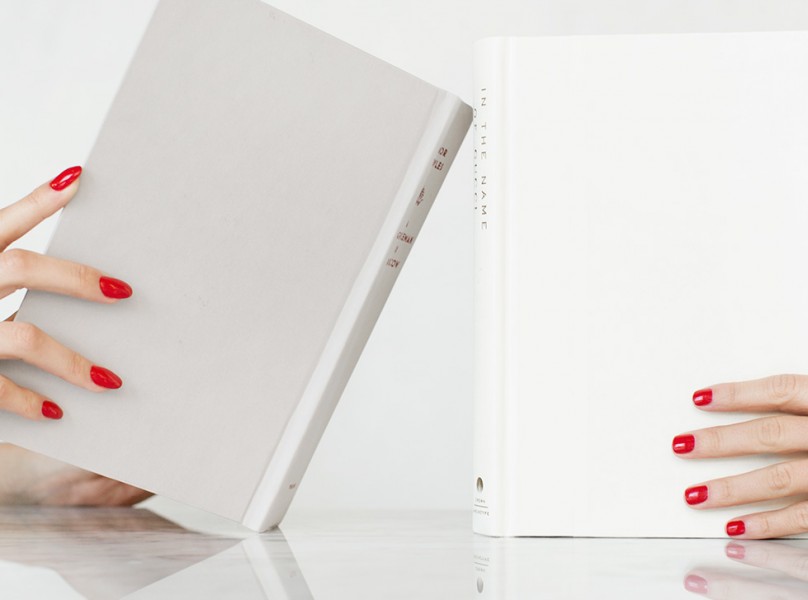
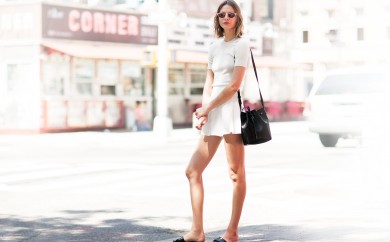
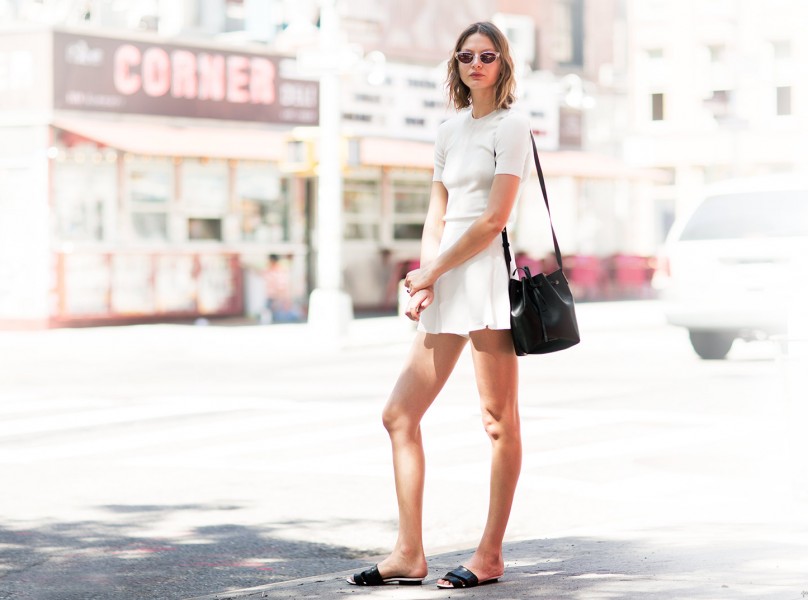
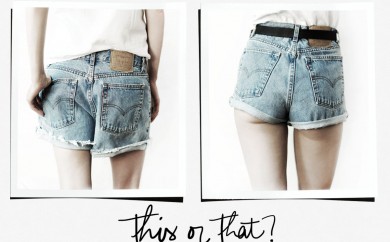




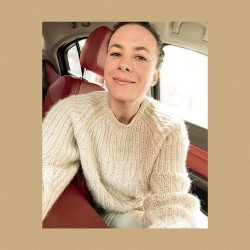

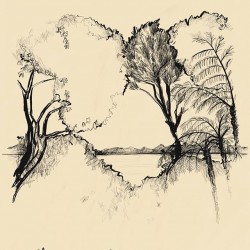
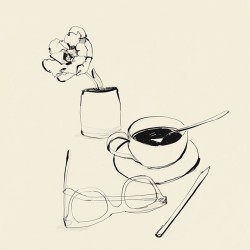
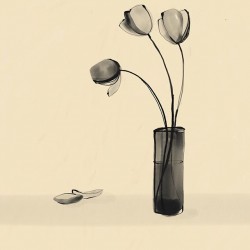
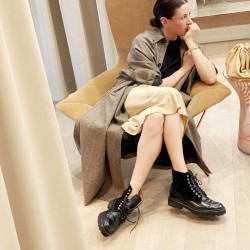

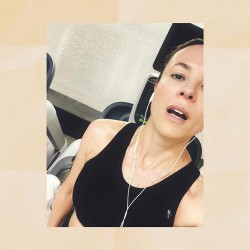
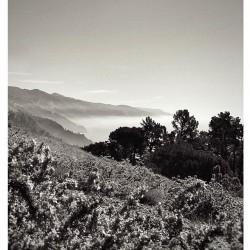
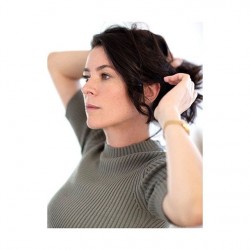
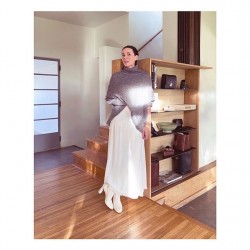
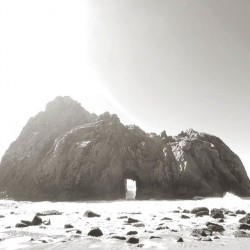
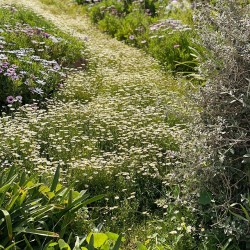
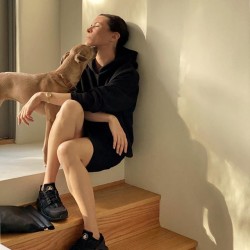
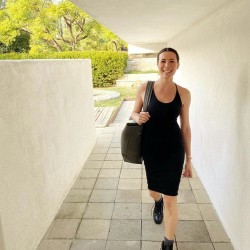
vitamin D supplement are KEY for SAD. 1 from Fall to Daylight saving time, then 2 until back to regular hours than 1 until the sun is out for good!
Story of my life.
After many years in Germany and Scandinavia, the beach girl in me has managed to survive and even enjoy winter. (I grew up mostly in sunny places so this was not natural at all for me)
Don´t stop exercising. Go out in the sun whenever there is a ray of light. Eat warm food! It doesn´t make sense to keep eating salads in winter, according to Chinese medicine and also Ayurvedic medicine. Take supplements in vitamin C and D. Keep your social life! Wear thermal underwear. Add some “hygge” in your life (light some candles and make a hot chocolate), and you got this.
Ms. Mara Veitch, i just Love your Writing !!! It’s so visual… and i can totally feel the cozyness of your words, you know what i mean ? Love it !!! *_*
And don’t forget to dress warm , right?
Bom fim de semana !!!
For those who need extra help beyond SAD lamps and vitamin D, I’ve found that the supplement SAM-e makes a huge difference for me.